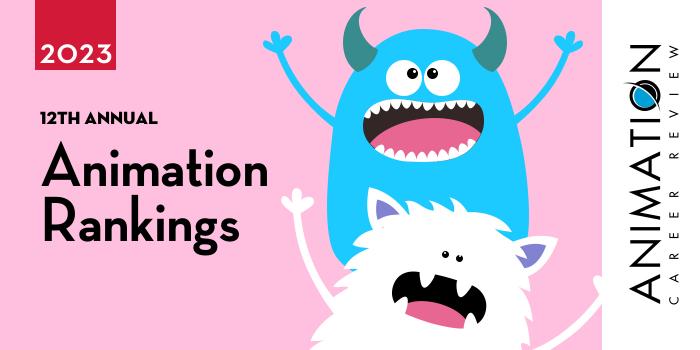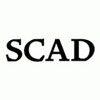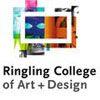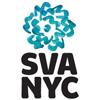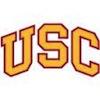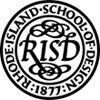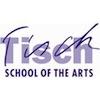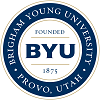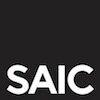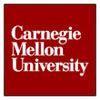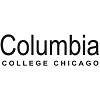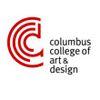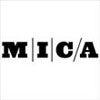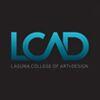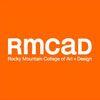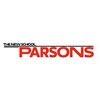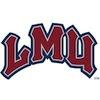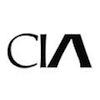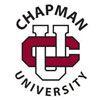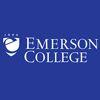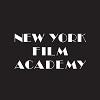Jarvis College of Computing and Digital Media at DePaul University (DePaul) houses the School of Cinematic Arts, home to the Animation Program. Listed as a Top Film School by Variety and The Hollywood Reporter, the School of Cinematic Arts features courses taught by award-winning filmmakers, access to a state-of-the-art, 32,000 square foot production facility known as DePaul Cinespace Studios, and seven degree options for animators including the Animation BA, BFA, MA, MFA, BA/MA, and BFA/MA, and the Computer Science (CS) + Animation (CS+ANI) with an Animation Technical Director (TD) Concentration. An Animation TD Minor is also available.
In addition to award-winning filmmakers, courses for the animation programs at DePaul are taught by members of one of the largest full-time animation faculties in the nation. They teach courses such as 3D Animation Production, Cinema, Animation and Art, Screenwriting, Motion Graphics, 3D Design and Modeling, Stop-Motion Animation, Narrative Development, Storyboarding, Drawing, and Motion Capture.
The BFA program has concentrations in 3D Animation, Visual Effects Animation, Cinema, Game Art, Motion Graphics, and Storyboarding and Character Design. While the BA does not offer a concentration, animation students may enhance their skills in a focused areas through major and open electives.
The MA allows students to concentrate in 3D Animation, Motion Graphics, Storyboarding and Character Design, Technical Artist or Traditional Animation. Course examples for the program include Advanced Topics in Visual Effects, Animation Figure Study, Topics in 3D Animation, Game Art Pipeline, and 3D Animation Production.
The Animation MFA follows the project model. Students will spend their time creating a single project with the assistance of an MFA co-chair and MFA faculty mentors. The program is designed for animators who have earned an undergraduate degree in the visual arts. Examples include Animation, Art, Illustration, Graphic Design, and Film.
The multidisciplinary CS+ANI is designed for students seeking technical artistic roles in animation and game development. In addition to the Concentration in Animation TD, the program offers a Concentration in Game Art TD. Course examples for the program include Motion Graphics Foundations, 3D Design and Modeling, 3D Animation, Optimized C++, Animation Production, Advanced 3D Rigging, Concepts of Programming Languages, and Game Art Pipeline. Students in the CS+ANI benefit from interdisciplinary collaborative group project experiences with teams of students majoring in 3D animation, game art, storyboarding and character design, game design, and game programming.
All DePaul Animation students may participate in the Los Angeles Quarter Program. This 10-week immersion program allows students to intern at major Hollywood studios such Disney, DreamWorks Animation, Sony Studios, Nickelodeon, The Jim Henson Company, Titmouse Animation, Bix Pix Animation, Warner Brothers, and many others.
Other program benefits include the visiting artist series, where past guests have included artists from Disney and Pixar, access to the Animation Lodge, and participation in Project Bluelight. Students at The Lodge collaborate on group projects, network, and build their portfolios. Bluelight provides hands-on experience in motion picture production to all interested students.
Graduates of the Animation Programs at DePaul University have been hired by major studios and gaming companies such as Electronic Arts (EA), Google, Cartoon Network, Nickelodeon, Blizzard Entertainment, DreamWorks Animation, LAIKA Studios, Disney Animation Studios, Wargaming, Warner Bros. Animation, BioWare, and Iron Galaxy Studios.
DePaul University provides exceptional academics and real-world experiences to prepare students for a changing world. With nearly 21,000 students across more than 300 academic programs, DePaul has two campus locations in Chicago. Students richly benefit from the city’s many opportunities. In turn, DePaul is one of the forces that shapes Chicago’s future. The university was founded in 1898 by the Congregation of the Mission (Vincentians), a Roman Catholic religious community dedicated to following the ideals of St. Vincent de Paul. DePaul is among the nation’s top universities for diversity because of its long tradition of providing a high-quality education to students from a broad range of backgrounds. DePaul is one of the largest private, nonprofit universities in the Midwest and one of the largest Catholic universities in the nation.


